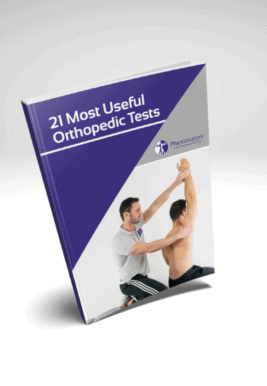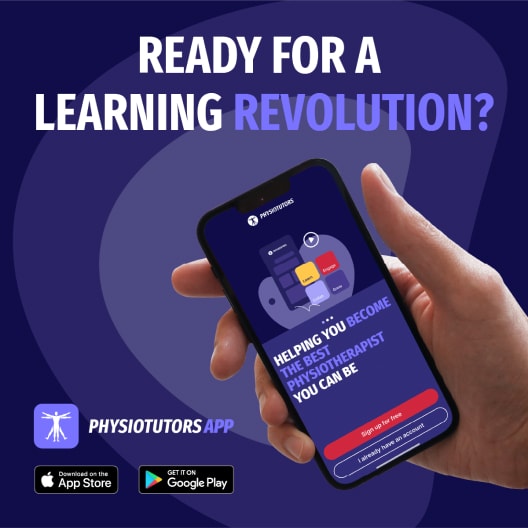Learn
Bowstring Test | Lumbar Radicular Syndrome
The bowstring test also referred to as cram test or posterior tibial nerve sign is a maneuver used to evaluate patients with a suspected lumbar disc herniation.
In a study published by Supic et al. in 1994, a sample of fifty patients all confirmed with disc herniations at different lumbar levels were assessed with the bowstring test. The authors report that the test was positive in 69% of patients. This study was done in a sample of patients with a 100% prevalence of disc herniation with nerve root compression, which only allows calculating a sensitivity of 69%. For this reason, the clinical value of this test is unknown.
To conduct the test, have your patient in supine lying position. Then perform a regular straight leg raise test until symptoms occur. Keep the leg in this position and flex the patient’s knee slightly to 20°. This should lower the symptoms. Then apply pressure to the popliteal area, which is a positive test, will reproduce symptoms and cause discomfort.
A positive test will confirm tension or pressure on the sciatic nerve.
21 OF THE MOST USEFUL ORTHOPAEDIC TESTS IN CLINICAL PRACTICE

Other common tests for lumbar radicular syndrome are:
- Crossed Straight Leg Raise Test (more specific)
- Prone Knee Bending Test (L2-L4)
- Straight Leg Raise Test
- Slump Test
Like what you’re learning?
BUY THE FULL PHYSIOTUTORS ASSESSMENT BOOK
- 600+ Pages e-Book
- Interactive Content (Direct Video Demonstration, PubMed articles)
- Statistical Values for all Special Tests from the latest research
- Available in 🇬🇧 🇩🇪 🇫🇷 🇪🇸 🇮🇹 🇵🇹 🇹🇷
- And much more!








